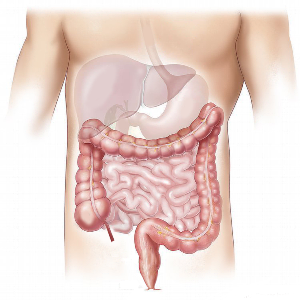 Smart Citations
Smart CitationsSee how this article has been cited at scite.ai
scite shows how a scientific paper has been cited by providing the context of the citation, a classification describing whether it supports, mentions, or contrasts the cited claim, and a label indicating in which section the citation was made.
A case of hemorrhagic shock due to massive upper gastrointestinal bleeding: from the differential diagnosis to the correct management
Upper Gastro-Intestinal Bleeding (UGIB) spans from minor bleeding to life-threatening events. Identification of early signs of shock, proper management of hemodynamically unstable patients, and correct risk stratification are essential for an appropriate diagnostic workup and therapy. This case reports a young man admitted to the emergency department with haematemesis. His medical history was unremarkable, without any risk factors for gastrointestinal bleeding. A few hours after admission, further episodes of haematemesis occurred, and the patient's condition rapidly deteriorated to irreversible shock. A contrast-enhanced computed tomography (CECT) revealed morphological features of chronic liver disease and oesophagal varices. The patient underwent upper gastrointestinal endoscopy, confirming oesophagal varices with massive bleeding. Although promptly applied, endoscopic hemostasis was ineffective, and the patient died twenty-four hours after admission. Based on this case, we reviewed the diagnostic and therapeutic approaches for patients with massive UGIB and provided a practical approach to this life-threatening emergency.
Downloads
How to Cite

This work is licensed under a Creative Commons Attribution-NonCommercial 4.0 International License.
PAGEPress has chosen to apply the Creative Commons Attribution NonCommercial 4.0 International License (CC BY-NC 4.0) to all manuscripts to be published.

 https://doi.org/10.4081/ecj.2023.11540
https://doi.org/10.4081/ecj.2023.11540





